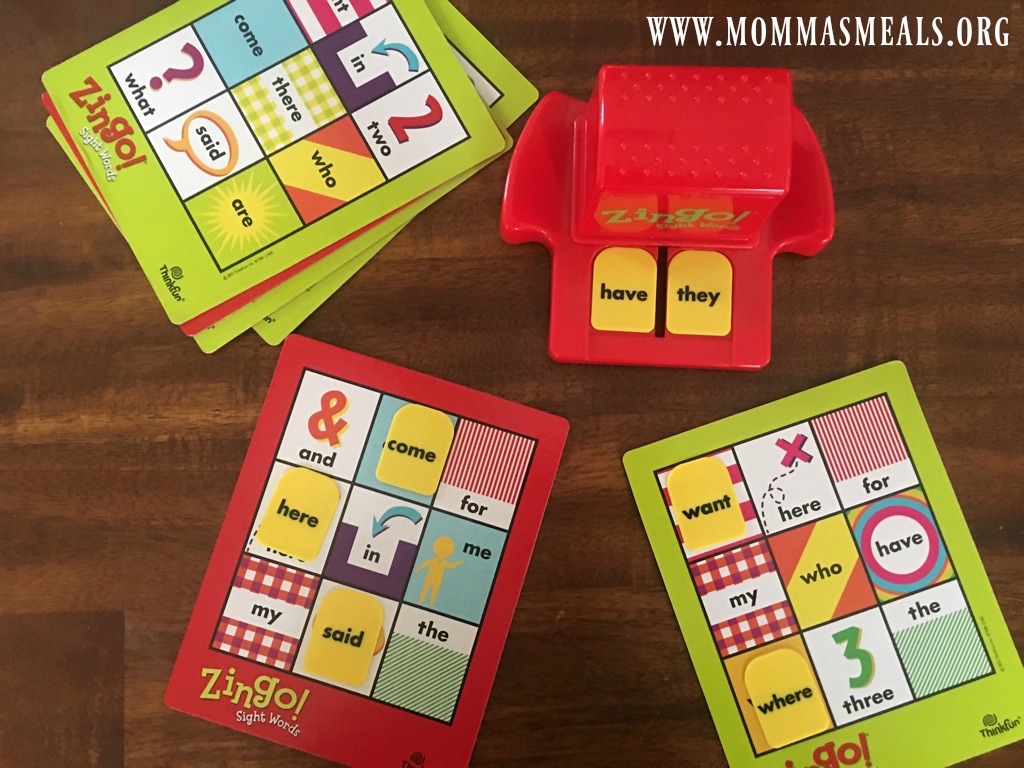HERE IS SOME GREAT ADVICE FROM WHO ELSE BUT RACHAEL RAY!! I THOUGHT IT WAS WORTH SHARING.
Everyone knows that the cost of food has gone up dramatically – it is estimated that global food prices have soared 40% in the past year. That means if your family’s weekly grocery bill is $150, your bill has gone up $60 each week and more than an additional $3,000 each year. However, if you have a plan of attack when you hit the grocery store, you can keep costs down:
Plan your family’s meals, make a list and stick to it at the store. Don’t be swayed by temptation when the potato chips or ice cream are on sale – just keep walking, unless the sale item is a good for you food.
Cook from scratch and make a double or triple batch of meals that freeze well (like soups, stews, lasagnas, and baked pastas) when you have time so you can pull it out and serve on a hectic evening.
Avoid buying prepared frozen or refrigerated meals, which can be costly. Real food is better for you as you can control the ingredients and there are no preservatives.
Try different cuts of meat. Stick to high quality, fresh and even organic or natural meats, but you can try less expensive cuts. For instance, chicken thighs are less expensive than breasts and they yield even more flavor. Or buy a whole chicken and cut it up yourself. A book like Steaks, Chops, Roasts and Ribs will tell you how to cook any cut of meat.
Shop around. Read your Sunday circulars to see what’s on sale and go to the stores that have your family’s favorites on sale. It might mean a little extra time but you will save in the end.
Use coupons, but only for items your family regularly uses. Many stores will double or even triple your coupons – take advantage as all the small savings add up. Coupons can be found in the Sunday paper, in magazines, or even online. Do a search for your favorite product and the manufacturer or even grocery stores have coupons you can download and print.
Stick to the perimeter of the store. Produce, dairy, and frozen foods are typically located in the perimeter of the store. The store interior houses pricey prepared and snack foods – if you make it a rule to try and eat food in its most natural form, you are going to save money and eat more healthily.
If one of your family’s favorites is on sale, stock up. Your freezer is your best friend when it comes to taking advantage of sales. Buy club packs of meats,poultry and fish, and come home and freeze in individual or smaller size portions. Milk can be frozen in plastic freezer bags and thawed when ready to use. Shredded and whole cheese can be frozen as well; again, freeze in individual servings and thaw when ready to use.
Try private label or store brands, they are usually just as good as your favorite brands and less expensive.
Buy in bulk. The bulk aisle features things like nuts, grains, dried fruits and other items that could be far less expensive than buying the packaged version. But make sure you compare prices, because sometimes, but not usually, bulk is just as bad.
Look around. Eye level items are the products the store is pushing – look high and low on the shelf for items that may be lower priced.
Look at unit prices as well as total prices. This will help you determine real value for your selections.
Keep meals simple. Weeknight dinners consisting of chicken, fish or turkey , a vegetable (roasted asparagus, steamed broccoli or corn are easy and nutririous) and rice or pasta. Not the most exciting dinners, but inexpensive and nutritious.
Go to the “shopper’s club” store (i.e., Sam’s Club or Costco) for specific items – a huge package of shredded cheese costs the same as a package one fourth the size at the grocery store. Stick to buying things your family eats all the time – like multi packs of pasta, tuna and their favorite cereals. Even if the cost savings isn’t incredibly significant, it saves a trip to the regular grocery store (where you can be tempted to buy things you don’t need) and save a little bit of money.
Take advantage of local and in season produce and buy extra. Freeze it and enjoy throughout the year.
Follow Rachael’s advice of keeping a good food fund. This means you throw your loose change into a jar and when it fills up, use it to splurge on expensive items like chicken breasts and filet mignon.
And of course never go to the store hungry!








